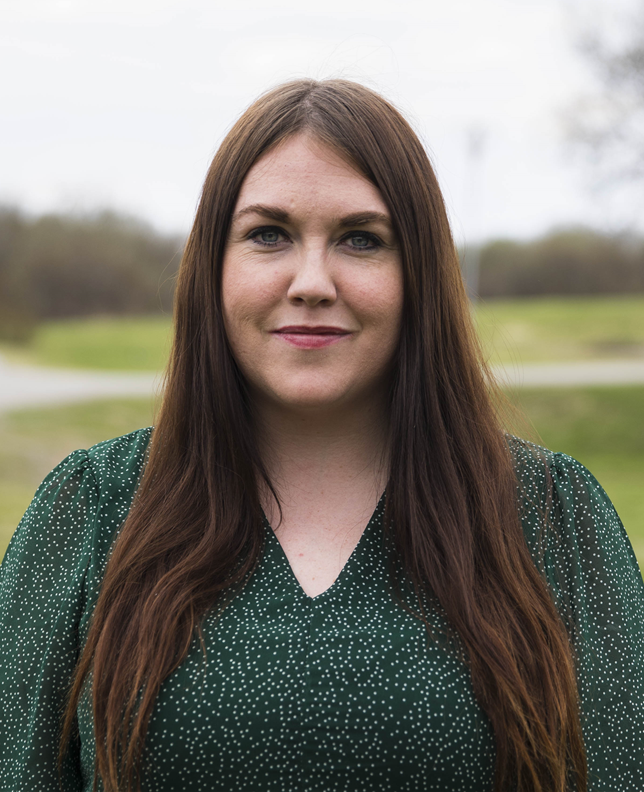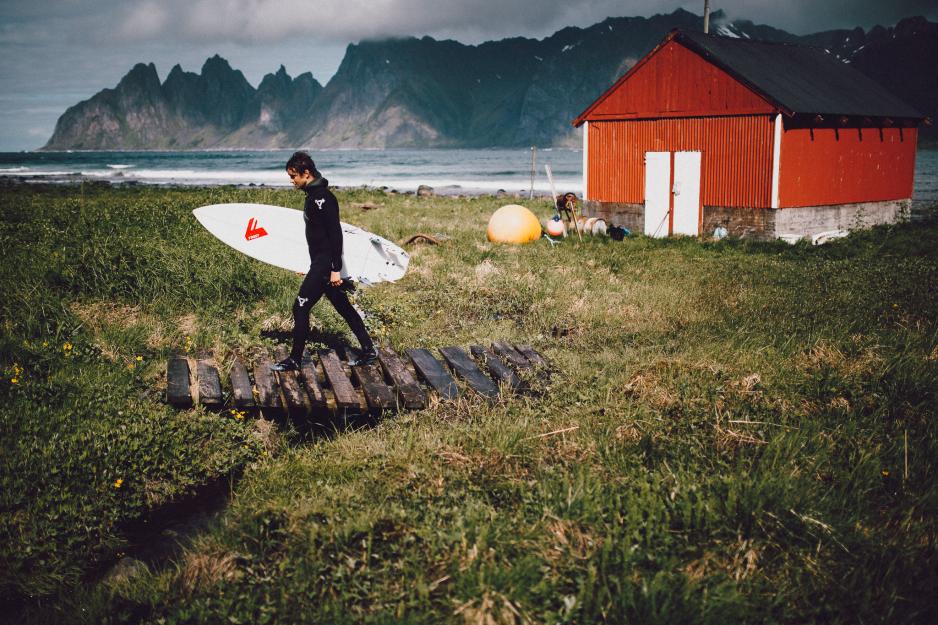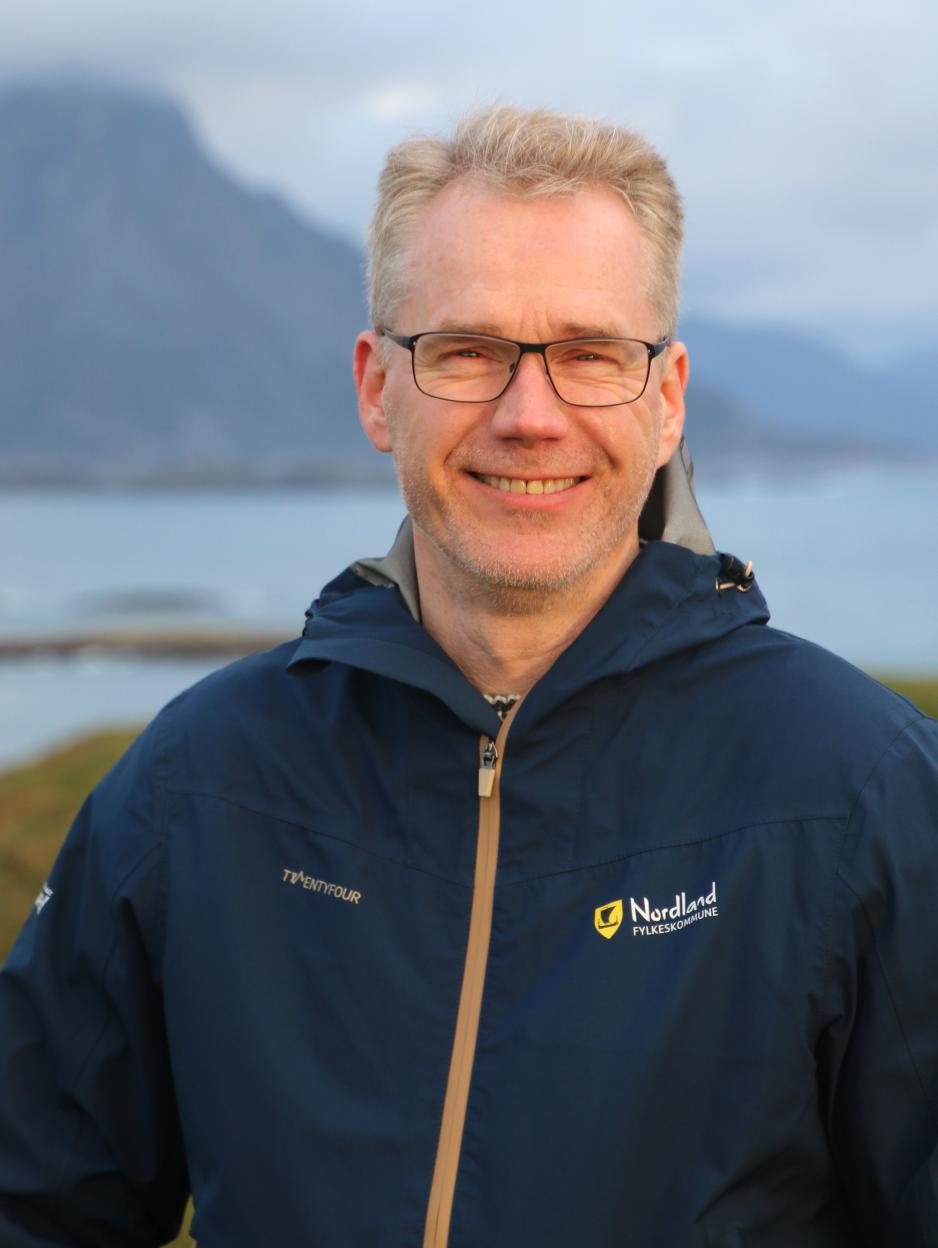Three Film Companies in Northern Norway Merge to Strengthen Position
This is meant to strengthen regional film ventures and the North’s position within the national film policy.

This week, Troms and Finnmark County Council and Nordland County Council have decided to merge the three film companies in the north.
These are the joint-stock companies the Northern Norwegian Film Center, Filmfond Nord, and the Northern Norway Film Commission, which are all jointly owned by the two county councils.


The initiative for cooperation comes from the boards of the companies.
“Northern Norway is a power center on film. A restructuring of the companies will strengthen Northern Norway’s position in the national film policy and strengthen the regional film investment,” says Marlene Berntsen Bråthen (Center), County Official for Business, Planning, Culture, and Environment in Troms and Finnmark.
The decision of the Nordland County Council to adopt the fusion also points to the same benefits both regionally and nationally.

The new organization model will take into account the board’s recommendation about a mother-daughter model, as well as safeguarding the current locations in Tromsø and Bodø.
Troms and Finnmark County Council describes a plan to complete the work on the merger during 2023, with implementation from the 1st of January 2024.
Better off in the fight for funds
The unanimous recommendation of a merger from the companies’ boards to their owners came in January.


The county officials listened and suggested such a change be processed in the county council’s meetings this June.
With this cooperation, the Northern Norwegian film industry will be better off in the fight for national film funds vis-à-vis the capital Oslo in particular, said Christian Torset (Socialist Left), county official for culture, climate, and environment in Nordland.
“We want to be a counter force to the Norwegian Film Institute, which has only to a small extent followed up the [national, ed. note] film white paper, and which still manages over 80 percent of film funding,” said Torset, who is also the leader of the Regional Council for Culture in Northern Norway.
“This is an important move to ensure that as much film production as possible can take place in the north,” he adds.
Holistic strategy
In more detail, the boards see a promising basis for preparing a holistic strategy to strengthen the film industry in Northern Norway – and make the region a more attractive film location.
A joint film organization and strategy will, according to the boards, contribute to the following:
- Targeted industry recruitment, development of expertise, and effective financial incentives
- Strengthened influence in cultural policy and business policy in order to increase the financial basis for regional film production
- Strengthened willingness and ability in the Northern Norwegian film industry to adopt new technology and platforms
- Strengthened international network and market position of this film industry
About the film companies
– The Northern Norwegian Film Center (Tromsø) facilitates the development and production of short and documentary films and contributes to cultivating expertise in the Northern Norwegian film community. The center is also responsible for work aimed at young talents.
– Filmfond Nord (Bodø) provides equity to feature films, documentaries, TV series, and games. The fund aims to increase the number of recordings in Northern Norway, as well as further develop the film industry and create more film-related jobs in the region.
– The Northern Norway Film Commission (Bodø) offers free and tailored commission services to major international and national film and TV projects filming in Northern Norway, including on Svalbard. It facilitates professional partnerships and collaborations with regional film industry and connects stakeholders with film-friendly service partners in the region.
High North News is an independent newspaper published by the High North Center at the Nord University. High North News is not responsible for the content or opinions expressed on external web pages.
You can read the original here.